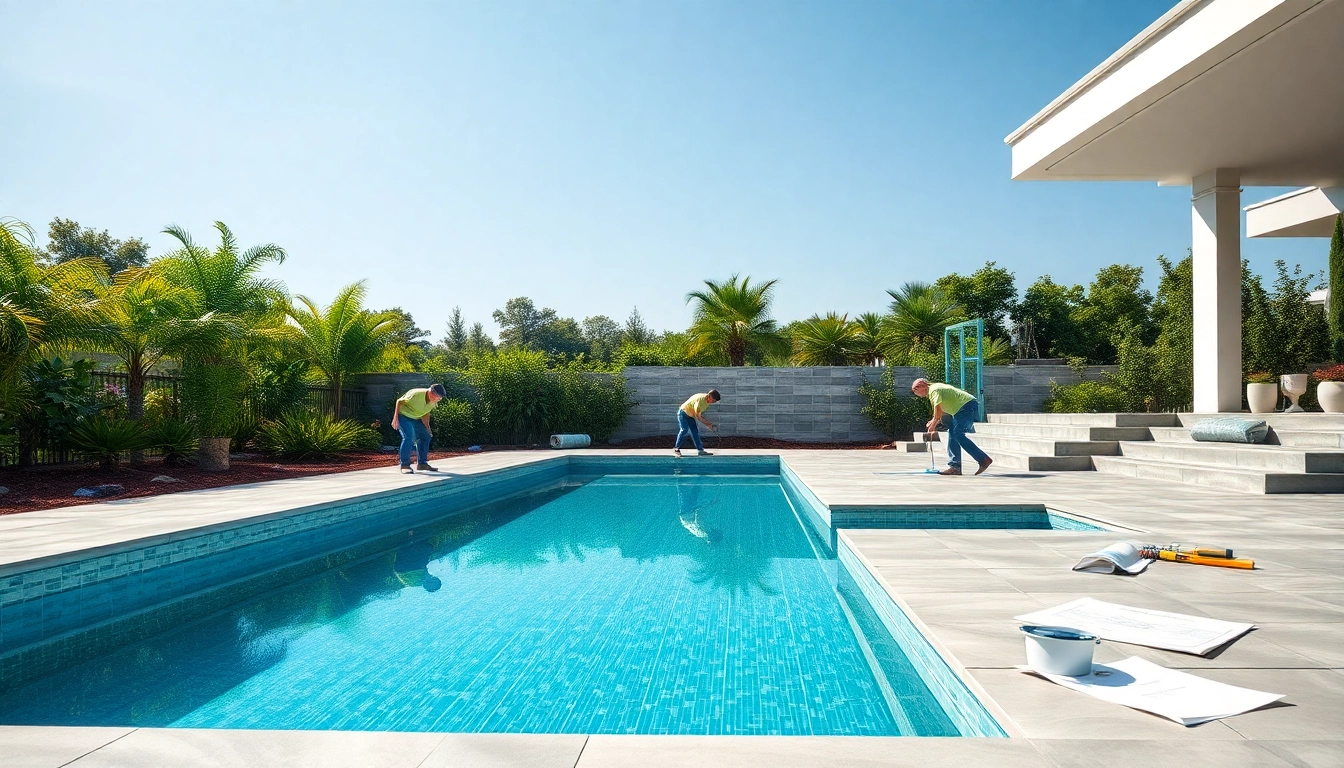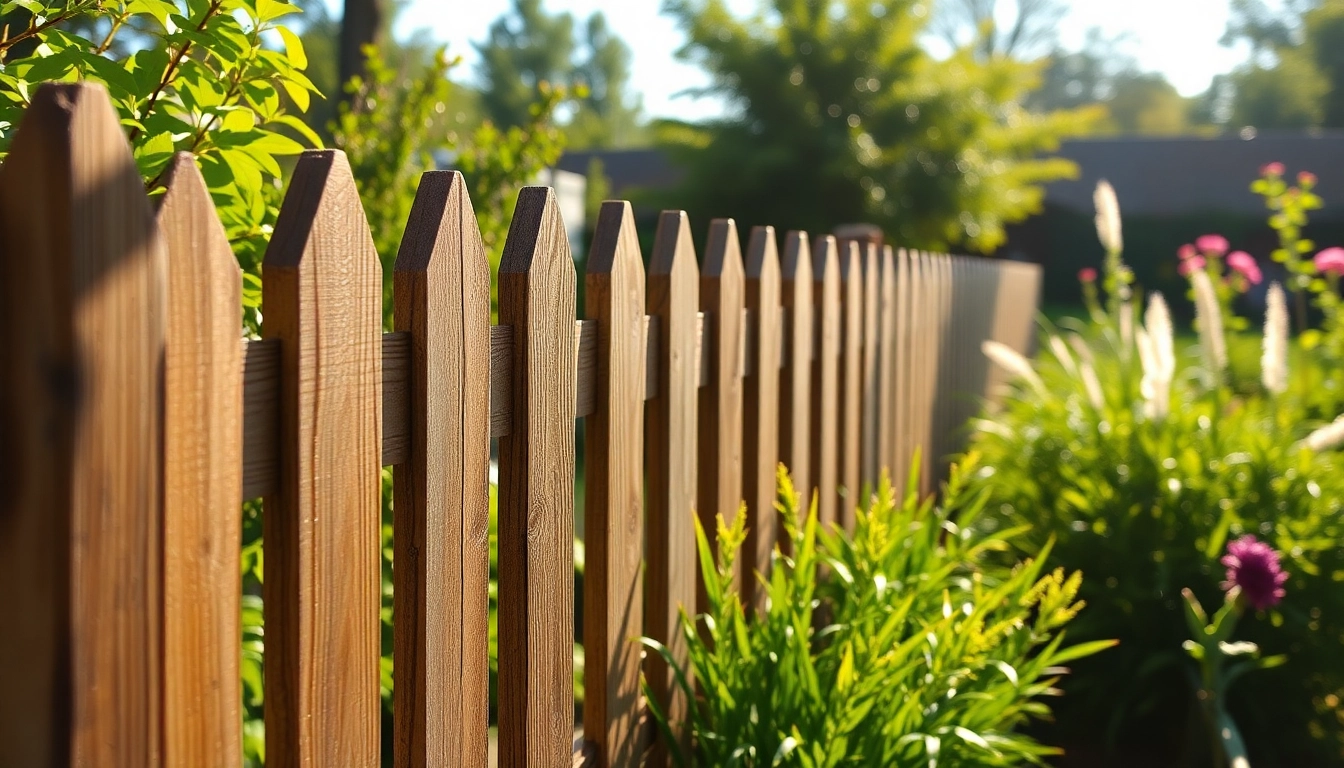Understanding the Basics of Pool Construction
Pool construction is not just a process; it is an art and science that requires careful planning, creativity, and a deep understanding of physical principles. Whether you are dreaming of a simple backyard oasis or a luxurious resort-style escape, the journey begins with comprehending the fundamental aspects of pool construction. This article will guide you through the various dimensions of building a swimming pool, including types, materials, design aspects, and the essential stages of construction.
What is Pool Construction?
Pool construction refers to the process involved in building swimming pools, which encompasses everything from initial design to the final touches that transform a bare excavation into a stunning space for recreation and relaxation. The construction process is multifaceted, requiring collaboration between architects, engineers, contractors, and landscape designers. It not only considers the aesthetic appeal of the pool but also its functionality, safety, and sustainability.
Types of Pools: Inground vs. Above Ground
When considering pool construction, one of the first decisions to make is whether to build an inground or above ground pool. Each type has its unique benefits and challenges:
- Inground Pools: These pools are built into the ground and can be constructed using concrete, fiberglass, or vinyl liners. Inground pools offer greater design flexibility and a more permanent installation but typically require more significant investment and more complex permitting processes.
- Above Ground Pools: These pools are easily installed and are often more cost-effective. They come in various shapes and sizes and can be relocated if necessary. However, they usually offer fewer customization options and might not add significant value to a property compared to inground pools.
Choosing the Right Materials for Your Pool
The choice of materials in pool construction impacts not just the aesthetics but also the durability and maintenance requirements of your pool. Key materials include:
- Concrete: Highly durable and customizable, concrete pools can be formed into any shape but require significant maintenance over time.
- Fiberglass: These pools come pre-formed, making installation quicker and often more affordable. Fiberglass pools feature smooth surfaces and are easier to maintain yet have limitations in terms of size and shape.
- Vinyl Liner: Cost-effective and customizable, vinyl-lined pools require liner replacement every 5 to 9 years, making them a less permanent option.
Essential Stages in the Pool Construction Process
Pool construction is a step-by-step process that requires careful attention to detail at each stage to ensure optimal results. Below are the crucial stages involved in building a pool:
Initial Design and Planning Steps
The very first step in constructing a pool is the design phase, which includes consultation with designers and engineers. It involves determining the pool’s dimensions, choosing the shape, and incorporating features like waterfalls, lighting, and even smart technology for maintenance and efficiency.
This stage also involves obtaining permits, adhering to local building codes, and assessing the site for any potential challenges such as soil type and drainage.
Excavation and Structural Framework
Once the design is finalized and permits are in place, construction begins with excavation. Heavy machinery is required to dig out the shape of the pool. After excavation, contractors will typically install a framework of steel rebar, which provides structural integrity. This is a crucial step, as a well-structured foundation is essential for the pool’s longevity.
Installation of Plumbing and Electrical Systems
This stage is where functionality meets aesthetics. Plumbing lines are installed for water inflow and drainage systems. Electric systems are also set up for lighting and heating features. The integration of these systems requires meticulous planning to ensure they operate safely and efficiently.
Common Challenges in Pool Construction
Despite the best planning, pool construction can present several challenges. Being aware of potential pitfalls can help you navigate them more effectively:
Weather Delays and Their Impact
Construction can be heavily impacted by weather conditions, particularly during storms or extreme temperatures. Rain can halt excavation, while concrete or gunite mixes need specific temperatures to cure adequately. Having a flexible timeline can help account for these inevitable delays.
Budgeting for Unexpected Costs
Unexpected costs can arise from various sources such as soil issues, permitting fees, or design changes. It is wise to set aside a contingency fund—typically around 10-20% of your budget—to handle any unforeseen circumstances that may arise during construction.
Maintenance Issues During Construction
Maintaining a clean site is crucial. Unattended equipment can lead to damage, while dirt and debris can contaminate materials. Regular site inspections and hiring a dedicated project manager can help mitigate these concerns.
Designing Your Ideal Pool Layout
Creating the perfect pool environment involves careful consideration of layout and landscaping. The following elements contribute to a beautifully designed pool:
Incorporating Unique Features and Accessories
Enhancing your pool with unique features such as waterfalls, fountains, or lighting can create a stunning visual appeal. Think about incorporating accessories like poolside loungers, fire pits, and shade structures to elevate your outdoor space.
Landscaping Around Your Pool
Landscaping plays a vital role in integrating your pool seamlessly into your backyard. Choose plants that complement the pool design, consider hardscaping elements like patios and pathways, and plan for appropriate drainage to prevent erosion or water pooling around the pool area.
Hiring Professional Designers vs. DIY
While DIY pool design can be appealing for its cost savings, hiring professional designers ensures that all technical aspects are considered. Professionals bring expertise that can lead to better outcomes. If opting for a DIY approach, invest in tools and resources for accurate planning and execution.
Post-Construction: Maintaining Your New Pool
Building a pool is just the beginning; proper maintenance is essential for longevity and enjoyment. Here’s how to keep your pool in optimal condition:
Regular Maintenance Tasks and Schedules
For your pool to remain sparkling clean and safe, establish a routine maintenance schedule. Tasks include:
- Testing water chemistry weekly to balance pH and chlorine
- Cleaning the pool surface and skimmers regularly
- Brushing the walls and steps to prevent algae growth
Winterizing Your Pool: A Step-by-Step Guide
If you live in a colder climate, winterizing your pool is crucial to protect it from damage. This involves removing pool accessories, balancing water chemistry, and adding winterizing chemicals. Covering the pool properly will also prevent debris accumulation.
Common Repairs and Troubleshooting Tips
Being proactive in identifying and resolving common issues can save you frustration and unexpected expenses. Look out for signs such as:
- Cracks in the pool surface, which can indicate structural issues
- Leaking water levels, pointing to potential plumbing problems
- Cloudy water, signaling imbalanced chemicals or filtration issues
In conclusion, embarking on a pool construction project can be an intricate yet rewarding experience. This investment not only enhances your outdoor space but also provides a refreshing escape for you and your family. With thorough planning, proper material selection, and continuous maintenance, your dream pool can become a reality.



